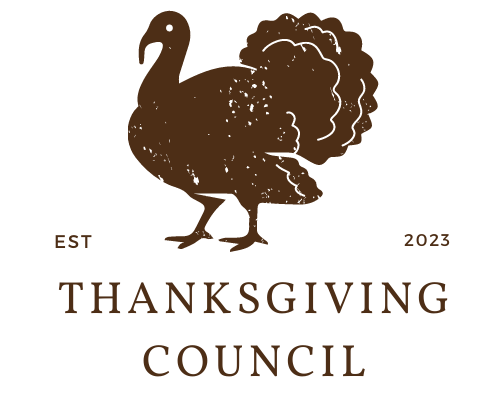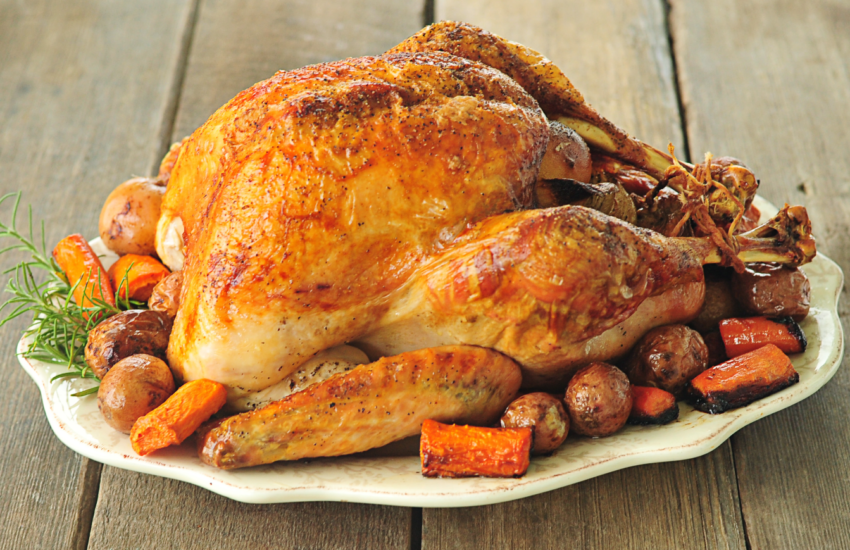Thanksgiving is a time to gather with friends and family and celebrate the bounty of the harvest. And what better way to do that than with a classic Thanksgiving turkey? Cooking a turkey may seem daunting, but with the right techniques and a little patience, anyone can create a delicious and moist turkey that will be the centerpiece of the holiday meal. In this step-by-step guide, we will walk you through the process of preparing and cooking a classic Thanksgiving turkey.
Selecting the Perfect Turkey
The first step in creating a delicious turkey is selecting the right bird. Look for a fresh or frozen turkey that is between 12-16 pounds, which is the perfect size for a typical Thanksgiving dinner. When selecting a fresh turkey, look for one with smooth, moist skin that is free of any bruises or blemishes. If you opt for a frozen turkey, make sure to allow enough time for it to thaw properly in the refrigerator, which can take up to 3-4 days.
Preparing the Turkey
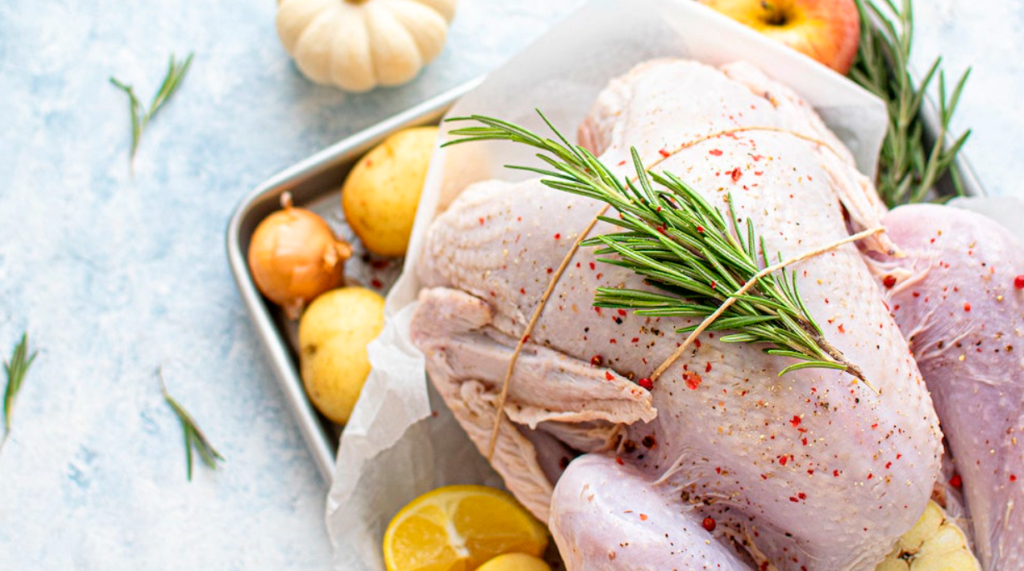
Before cooking your turkey, you must prepare it properly. Start by removing the giblets and neck from the turkey cavity, which are often located in a paper bag. Rinse the turkey thoroughly inside and out with cold water, and pat it dry with paper towels.
To keep the turkey moist, consider brining it. Brining involves soaking the turkey in a solution of water, salt, and sugar for several hours, which helps to lock in moisture and flavor. To make a brine, mix 1 cup of kosher salt and 1/2 cup of brown sugar with 1 gallon of water in a large container. Submerge the turkey in the brine, making sure it is fully covered, and refrigerate for at least 12 hours, but no more than 24.
Preparing the Stuffing
Stuffing is a classic Thanksgiving side dish that can be made in many different ways. One traditional method is to use a bread-based stuffing with celery, onions, and herbs. To make the stuffing, sauté chopped celery and onions in butter until they are tender, then add dried herbs such as sage, thyme, and rosemary. Combine this mixture with cubed bread and chicken broth until the bread is moist but not soggy.
Once the stuffing is prepared, stuff it loosely into the turkey cavity, making sure not to overstuff. An overstuffed turkey can cook unevenly and may result in dry meat. To keep the stuffing moist and safe to eat, make sure it reaches an internal temperature of 165°F.
Preparing the Roasting Pan and Turkey
Before roasting the turkey, prepare the roasting pan by adding 1 cup of water to the bottom. This will help to create steam and prevent the turkey from sticking to the pan. Place the turkey breast-side up on a roasting rack in the pan, and tuck the wings behind the bird’s back. Tie the legs together with kitchen twine, which will help to keep the turkey’s shape and ensure even cooking.
Seasoning the Turkey
Seasoning is an important step in creating a delicious Thanksgiving turkey. Start by rubbing the turkey all over with softened butter or oil, which will help to crisp the skin and add flavor. Then, season the turkey generously with salt and pepper, making sure to season the inside cavity as well.
For added flavor, consider adding herbs and aromatics such as garlic, thyme, and rosemary. These can be added to the cavity or tucked under the skin of the turkey for maximum flavor.
Cooking the Turkey
Cooking a turkey can take several hours, so it’s important to plan ahead. Preheat your oven to 325 (165°C) and place the turkey on a roasting rack in a large roasting pan. A roasting rack helps the turkey cook evenly and allows air to circulate around the bird, helping the skin to crisp up.
To keep the turkey moist, baste it every 30 minutes with the pan juices or with melted butter. This will not only help to prevent the turkey from drying out but also add flavor to the meat. You can use a basting bulb or simply spoon the juices over the turkey.
Strongly recommend: Another way to keep the turkey moist during cooking is to inject it with juices. You can use a mixture of butter, broth, and seasonings for this purpose. Using a meat injector, inject the mixture into the turkey’s breast, thighs, and legs, being careful not to overdo it. This technique will not only add flavor but also keep the turkey moist and tender throughout the cooking process. It’s important to note that the turkey should be at room temperature before injecting it to ensure even cooking.
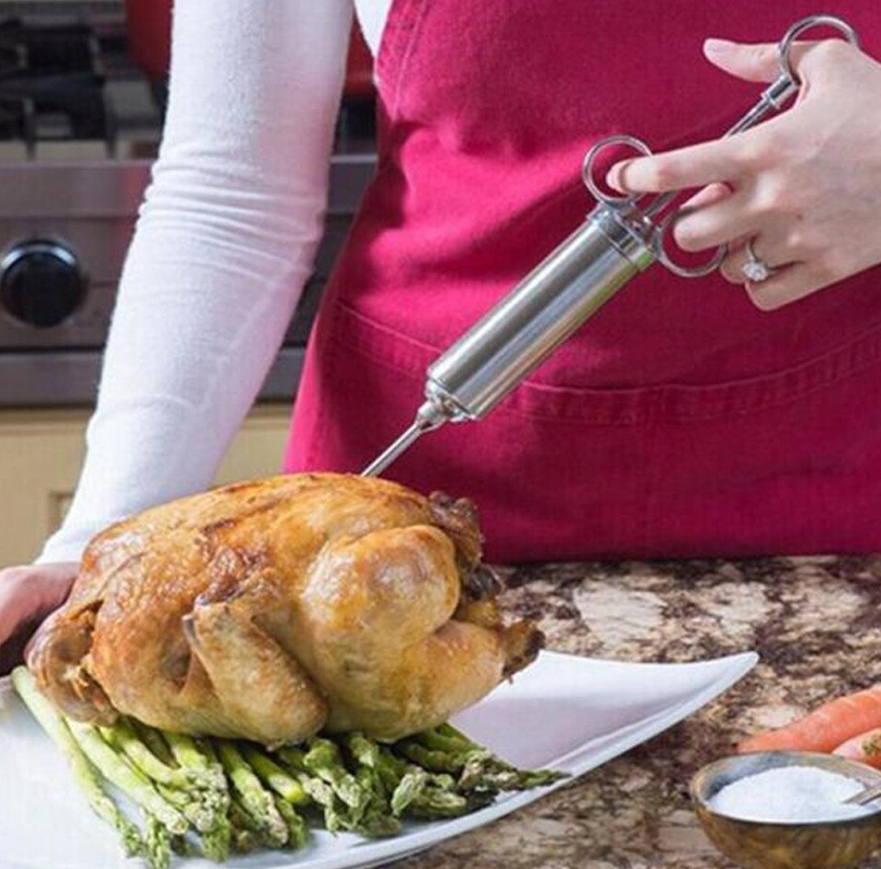
If you want to add extra flavor to your turkey, you can place herbs and aromatics such as thyme, rosemary, garlic, and onions inside the cavity of the bird. This will infuse the meat with delicious flavors as it cooks.
The amount of time it takes to cook a turkey depends on its weight. As a general rule, a turkey should cook for approximately 15-20 minutes per pound. To ensure that the turkey is fully cooked, use a meat thermometer to check the internal temperature of the meat. The turkey is done when the temperature in the thickest part of the meat reaches 165°F (74°C).
Once the turkey is cooked, remove it from the oven and let it rest for at least 20-30 minutes before carving. This allows the juices to redistribute throughout the meat, making it more moist and tender.
Carving the Turkey
Carving a turkey can be a daunting task, but with a little practice, it’s easy to master. Here’s how to do it:
Place the turkey on a cutting board with the breast side up. Remove any twine or skewers that may be holding the legs and wings in place.
Cut through the skin between the leg and the breast to expose the joint. Pull the leg away from the body until the joint pops out of the socket. Cut through the joint to remove the leg.
Repeat the process on the other side to remove the other leg.
To carve the breast, make a horizontal cut near the base of the breast to separate the meat from the bone. Then, make vertical cuts along the breastbone to release the meat in slices.
Repeat on the other side of the breast.
Finally, remove the wings by cutting through the joint where they meet the body.
Serving the Turkey
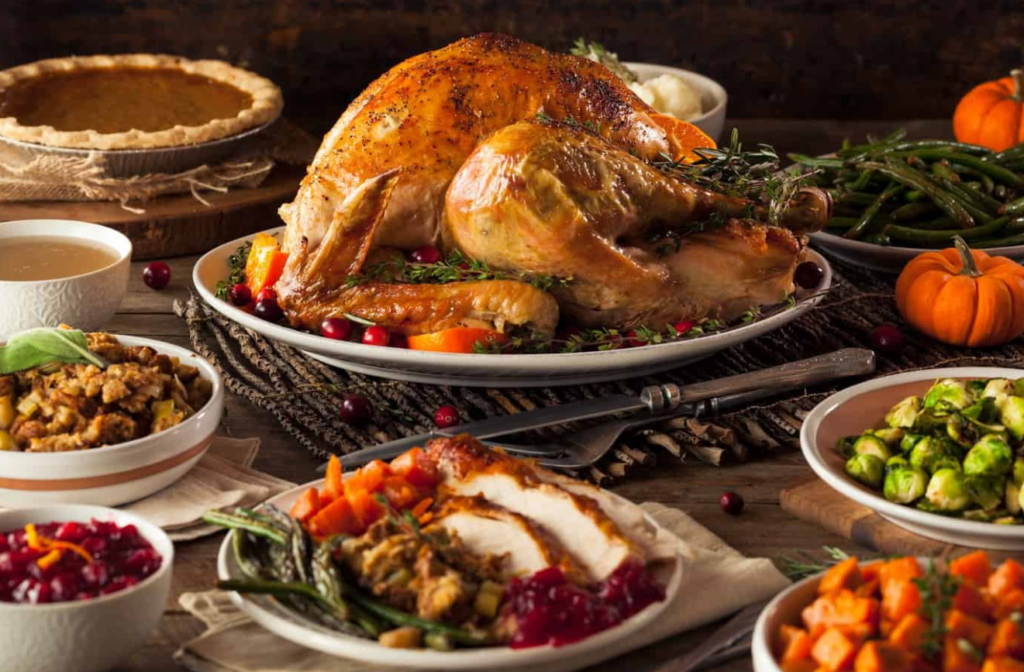
Once the turkey is carved, it’s time to serve it up. Arrange the meat on a platter and garnish with fresh herbs, such as parsley or thyme. Serve with your favorite sides, such as mashed potatoes, green beans, stuffing, and cranberry sauce.
Leftovers can be stored in the refrigerator for up to four days or frozen for up to six months. Be sure to store the meat in airtight containers or freezer bags to prevent freezer burn.
Wrapping Up
Cooking a classic Thanksgiving turkey may seem like a daunting task, but with a little preparation and patience, it can be a delicious and rewarding experience. Remember to keep the turkey moist by basting it regularly, and use a meat thermometer to ensure that it’s fully cooked. With these tips and techniques, your turkey is sure to be a hit at your next Thanksgiving feast.
